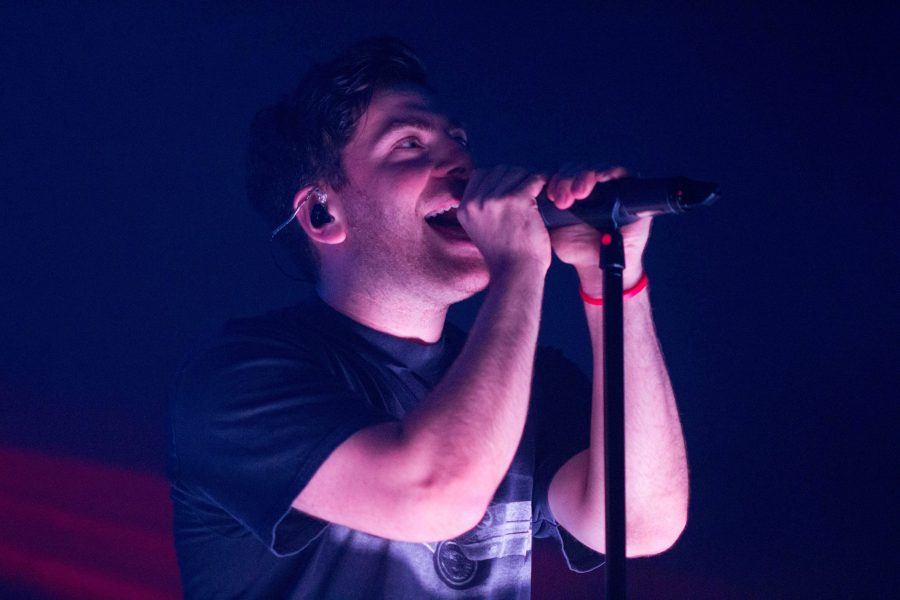Last Wednesday, November 15, Hoodie Allen took the the stage at a packed Cannery Ballroom as part of his “The Hype World Tour”. Openers for the night included fellow rappers Myles Parrish and Luke Christopher, the latter of whom many might recognize for his most popular track “Lot to Learn”. Both rappers brought the same feel-good pop-rap vibes that Hoodie made his name with, making them an almost too logical choice for opening acts.
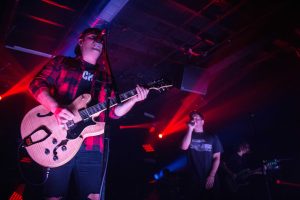
Not too long after Luke Christopher closed out his set, Hoodie’s backing band took the stage, and launched into “Sushi”, the lead single from his newest album The Hype, during which he shot fake money into the crowd, each bearing the images of his album cover and a sushi roll on either side.
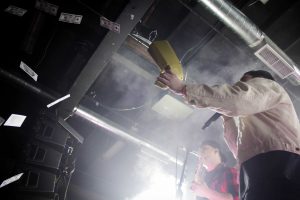
Much of his set consisted of songs from his new album (“Know it All”, “Ain’t Ready”) and his previous album, Happy Camper (“Surprise Party”, “Champagne and Pools”). He did manage to incorporate older fan favorites too, though, like “Fame is for Assholes”. Hoodie also played one of his debut’s most famous tracks “No Faith in Brooklyn”, which became “No Faith in Nashville” for the night.

At some point throughout the night, I realized that I was essentially at a pop-punk concert, complete with a guitarist wearing a flannel and playing catchy rock riffs, a singer with the same nasally voice as a Tom Delonge or a Derek Discanio (of State Champs, a band featured on The Hype), and a crowd of white, upper-middle class high schoolers throwing their bras onstage. As if that wasn’t enough, Hoodie even grabbed an acoustic guitar and began a cover to Green Day’s “Good Riddance (Time of your Life), turning the show into a scene straight out of the soon-to-be defunct Vans Warper Tour.

I myself have spent a few nights in high school pitting to these kinds of show, and even attended Warped Tour one year. I look back on these shows fondly for the most part, though I haven’t attended a pop-punk show in years, as I’ve found the scene to be rather misogynistic and insular due to the dominance of white males in the audience as well as onstage. And so while I found myself noticing these same traits at Hoodie’s show, I also felt a wave of nostalgia come over me. I watched as a sea of minors and young twentysomethings sang along to every word, completely carefree, and I began to miss those nights where I could come to a place like this and forget whatever high school drama was plaguing me and be surrounded by people who could relate.
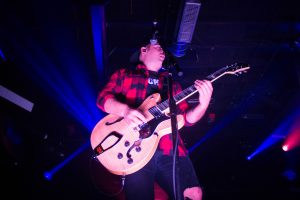
I watched as two girls sang and danced along the entire night, and while a scene from Jessica Hopper’s essay on sexism in rock music came to mind, I also realized that at least for tonight, they could at least see one of their favorite artists perform. The very issues that plague the culture of rap and rock music are the same ones that this music allows us to escape, at least for a night. I’m not the saying that these issues don’t matter, because protesting social and political injustice are fundamental to rock and rap music. Rather, I believe that moments like these are what inspire change in a community and give a little hope to the marginalized and disenchanted.
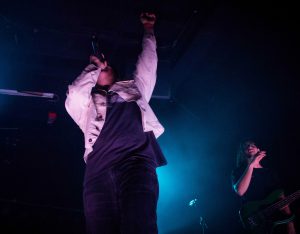
In the end, Hoodie Allen performed well. His band was tight and his flows were flawless. And while the music and culture have some glaring flaws and no longer appeal to me, I can honestly say that if you are a Hoodie Allen fan, this was a show you did not want to miss.

